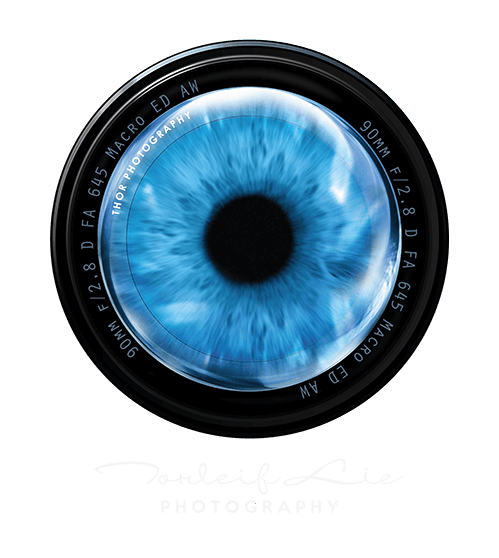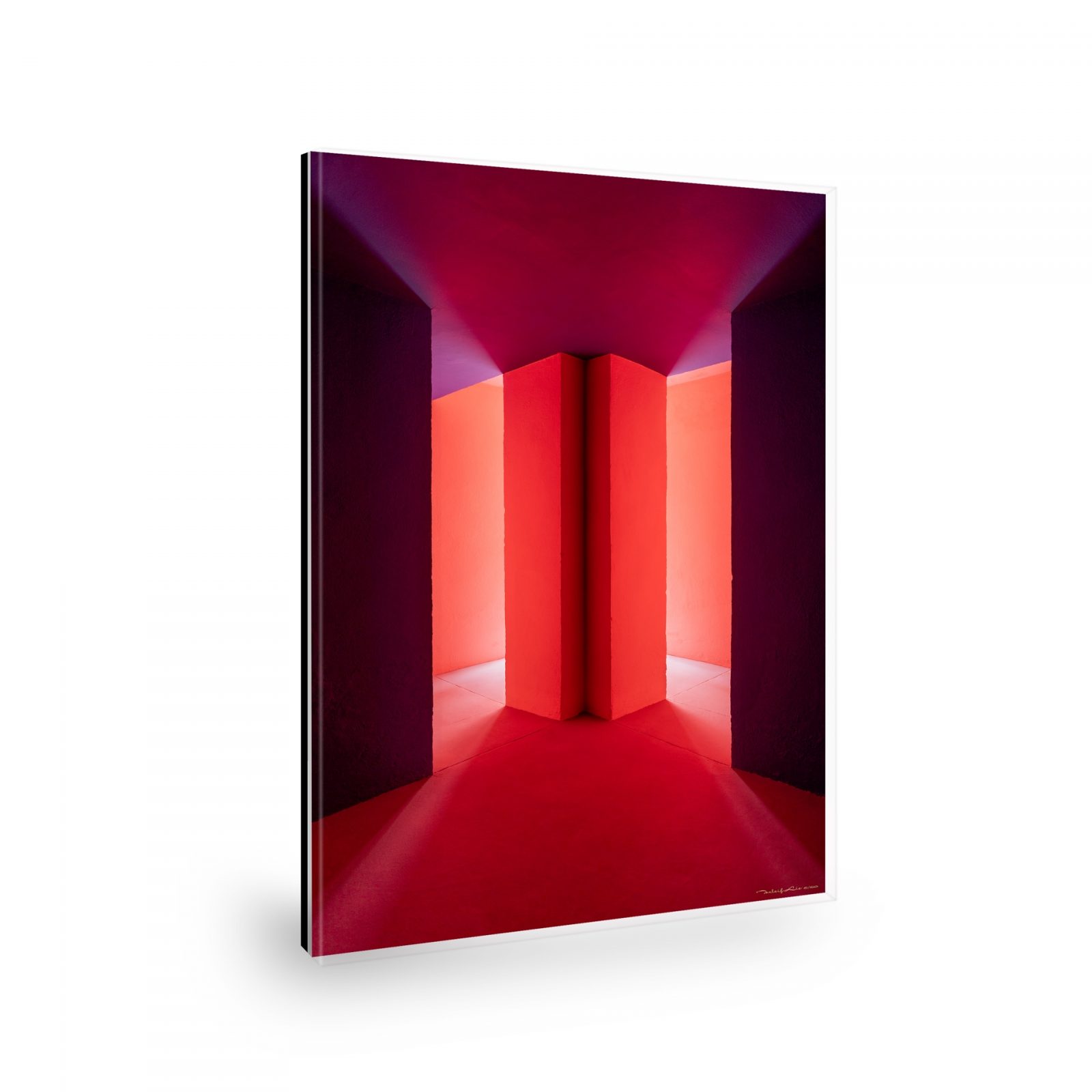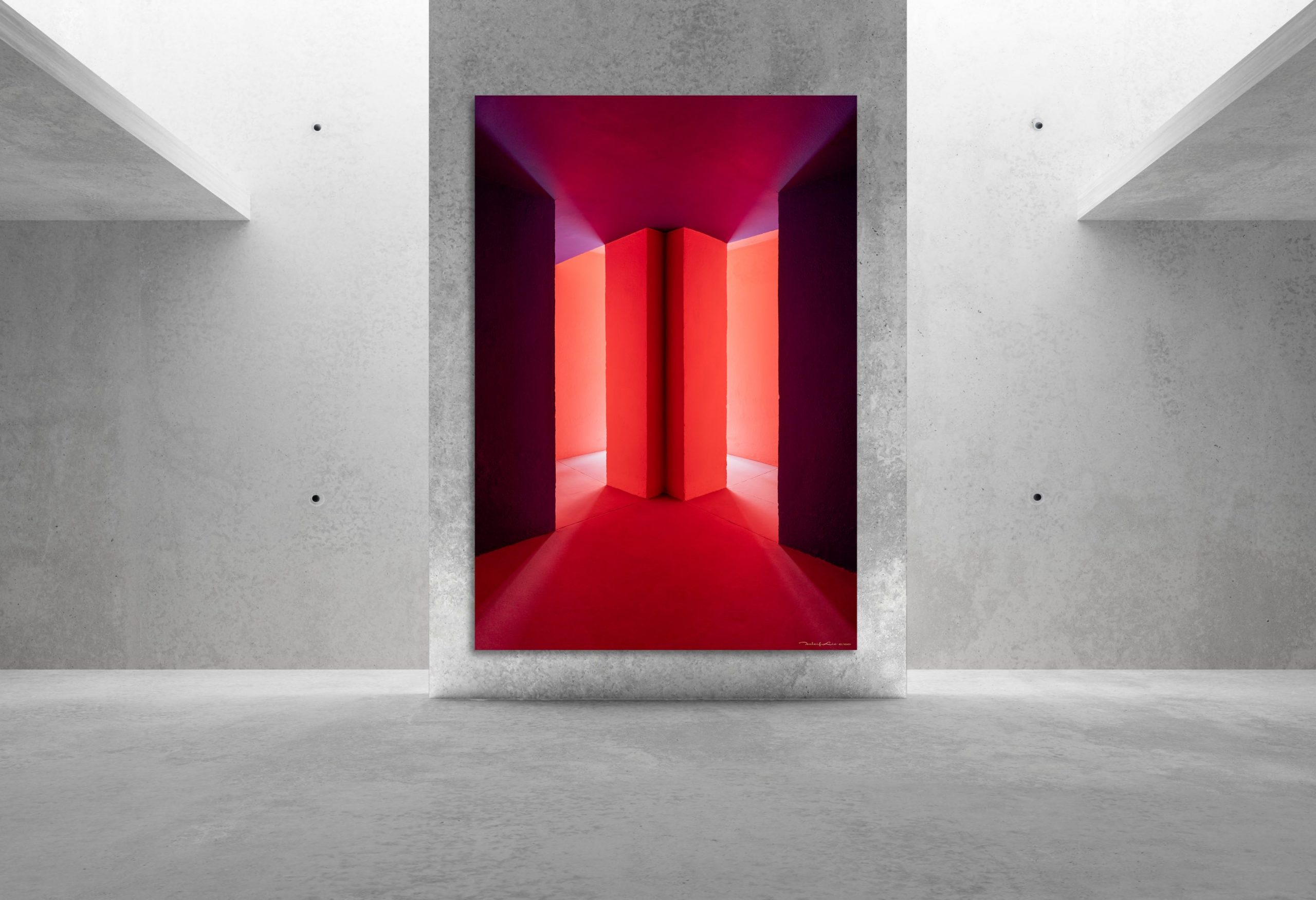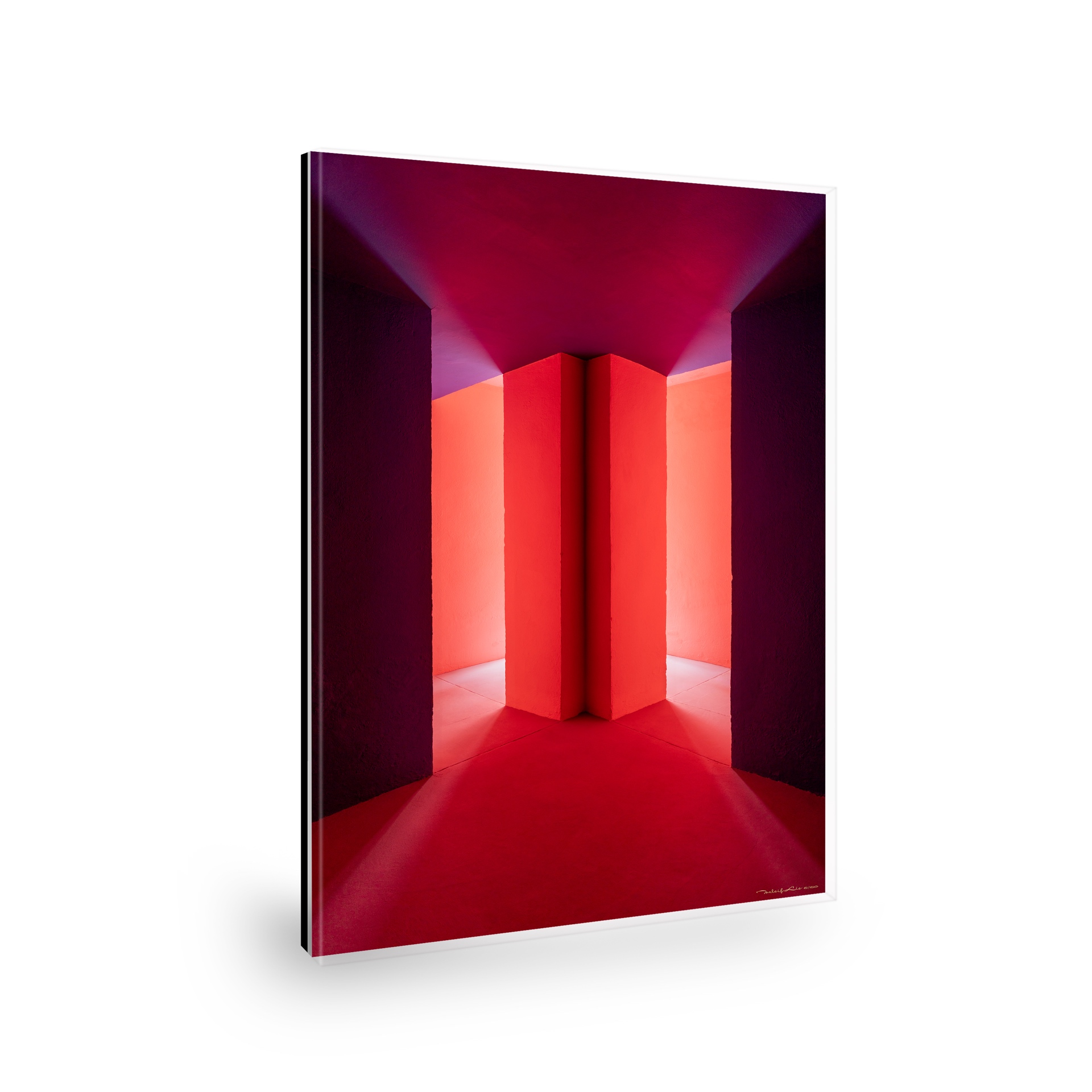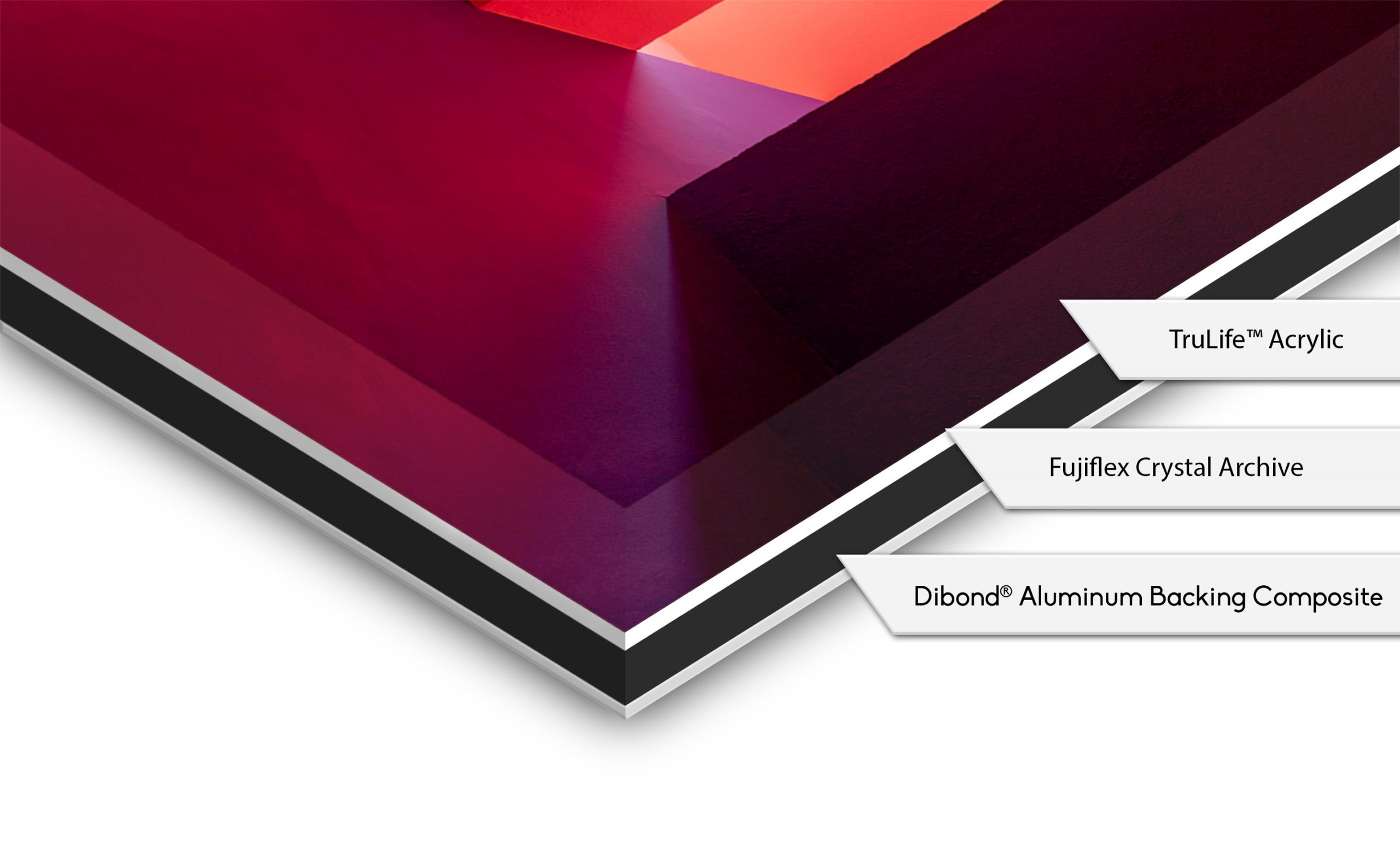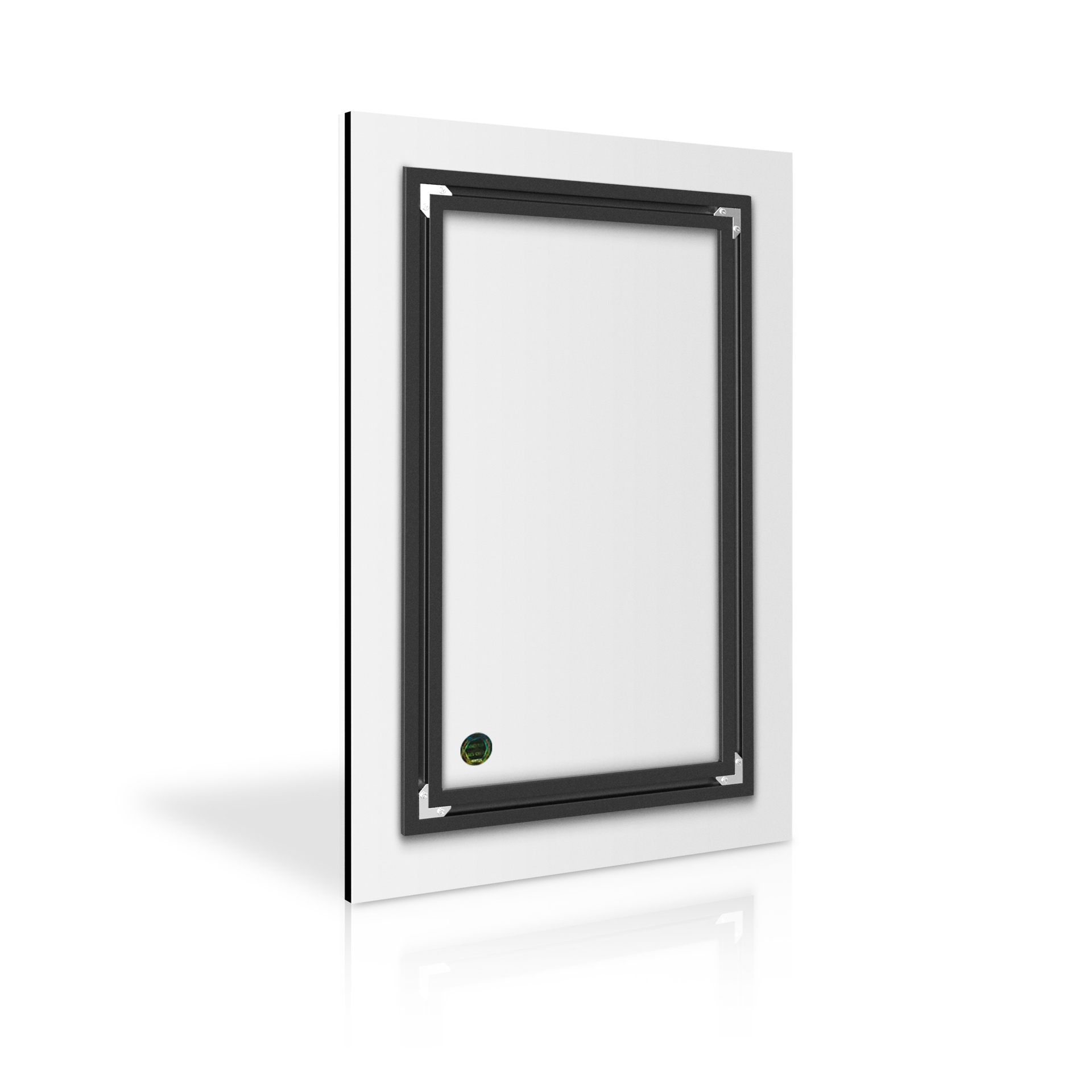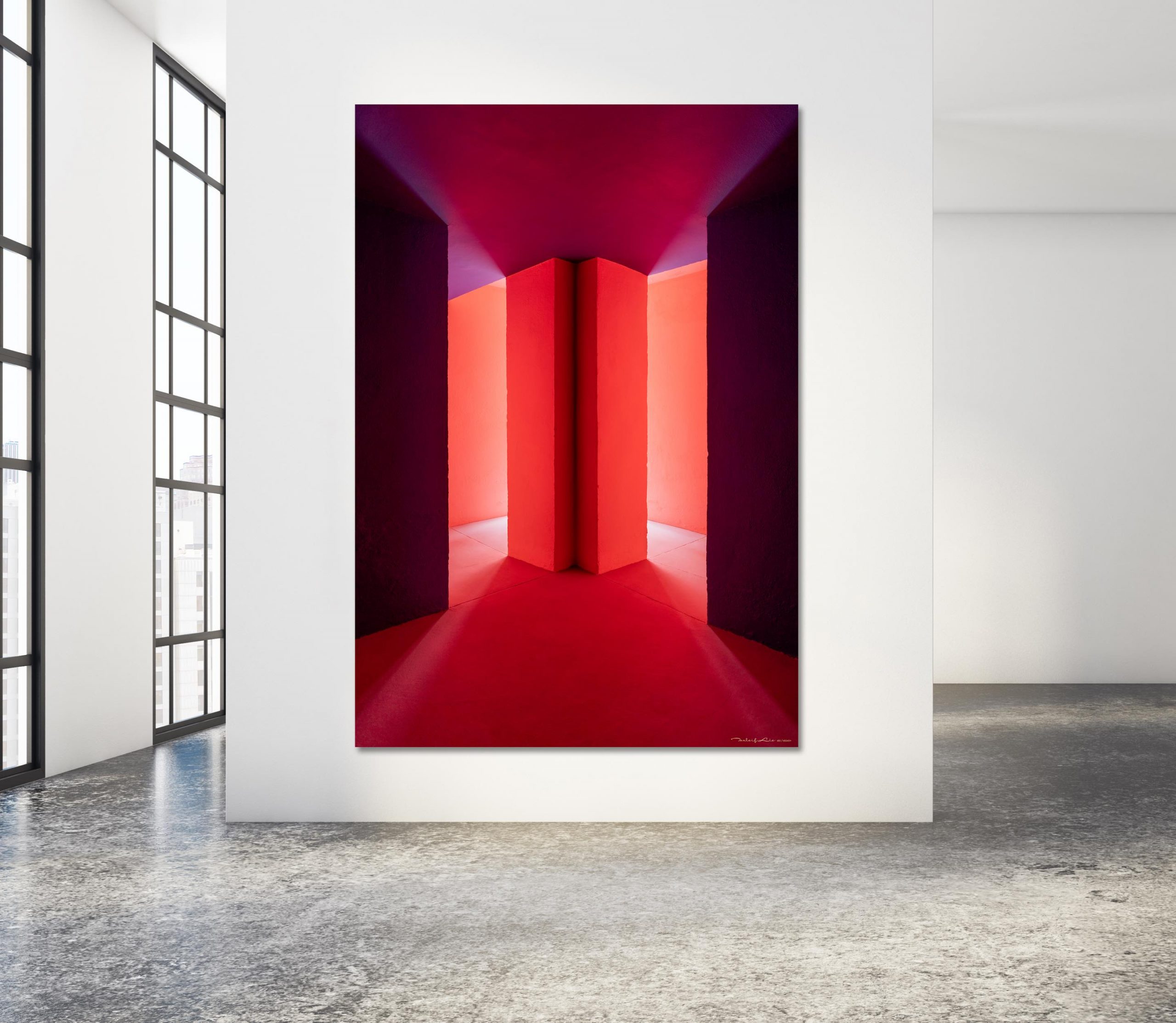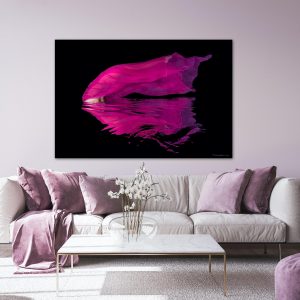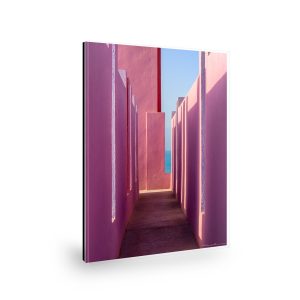Description
Artist Comments
“Mas Alla de la Luz” (Beyond the Lights) celebrates Ricardo Bofill’s ingenious use of color, materials, and sculptural forms.
One can interpret a Bofill building as a work of art, a carefully considered amalgamation of form and color married to a love of light and space. An absurdly beautiful and surreal space in rich colors and abstract shapes.
La Muralla Roja is like a fortress that marks a vertical silhouette following the contour lines of the rocky cliff. The striking colors covering the outer and inner facades are selected to either contrast with nature or complement its purity. The building is like a labyrinth, corresponding to a precise geometric plan based on the typology of the Greek cross. Various shades of red contrast with the landscape, while the patios and stairs are painted light blue, indigo, and violet to blend with the sky.

La Muralla Roja
La Muralla Roja (lit. ’the Red Wall’) is a postmodern apartment complex in Manzanera, Calpe, Spain. It was designed by the Spanish architect Ricardo Bofill for the client Palomar S.A. in 1968 and fully constructed by 1973. It has been ranked among “Ricardo Bofill’s 10 Most Iconic Works”.
The Red Wall is formed like a fortress, which marks a vertical silhouette following the contour lines of the rocky cliff. The building makes clear references to the popular architecture of the Arab Mediterranean, a result of the architects’ inspiration from the Mediterranean tradition of the casbah.
Bofill wanted to break the post-Renaissance division between public and private spaces by reinterpreting the Mediterranean tradition of the Kasbah. The labyrinth of this recreated Kasbah corresponds to a precise geometric plan based on the typology of the Greek cross
The criterion of applying to the building a gamut of various colors responds to the intention to give a determined relief to the distinct architectural elements, according to their structural functions.
The intensity of the colors is also related to the light and demonstrates how the combination of these elements can aid in creating a greater illusion of space.
In 2021, the South Korean drama series Squid Game added another metatextual layer, with sets and environments that seem to make direct reference to the Escher-esque stairs and bright colors of The Red Wall housing in Calpe, Alicante.
Ricardo Bofill Taller de Arquitectura
Ricardo Bofill
Ricardo Bofill Leví (1939-2022) was a Spanish architect from Catalonia. He founded Ricardo Bofill Taller de Arquitectura in 1963 and developed it into a leading international architectural and urban design practice. According to architectural historian Andrew Ayers, his creations rank “among the most impressive buildings of the 20th century.”
Born in 1939 in Barcelona, he started his studies at the Barcelona School of Architecture and graduated from the École des Beaux-Arts Genève. He is an honorary fellow of the American Institute of Architects and the Bund Deutscher Architekter, and has been named Officier de l’Ordre des Arts et des Lettres by the French Ministry of Culture, and has won numerous international awards.
Through his prolific career, he led more than 1,000 projects in over 50 countries, ranging from private housing to urban design. Some of his most remarkable works include Walden 7 (Sant Just Desvern, Barcelona), Paribas Marché Saint Honoré (Paris), Platinum Tower (Beirut), Barcelona’s National Theatre of Catalonia, and 77 West Wacker Drive (Chicago).
Bofill was also a published author. He has co-written the books L’Architecture des villes(1995) and Spazi di una vita (1996) and is the subject of many others.
Bofill and his Taller de Arquitectura were featured in three exhibitions of the Museum of Modern Art in New York City: “Transformations in Modern Architecture” (1979), “Ricardo Bofill and Leon Krier: Architecture, Urbanism, and History” (1985), and “Architecture & Design Drawings: Rotation 3” (2006). They were also featured at the Venice Biennale in 1980, 1982, and 1992.
Museum of Modern Art Exhibition
Signature Collection
Our Signature Collection is designed to be at the very pinnacle of image quality and fine art presentation. We make no compromise in terms of image quality, material or craftsmanship.
Signature Edition photographs are offered in limited edition runs of 150 large-format fine art prints and TruLife Acrylic pieces. Once the edition sells out, there will never be another reprint of that photograph.
Each piece is handcrafted to absolute perfection, using only the finest museum-grade art materials in the world, signed, numbered and presented with a unique Certificate of Authenticity. Each Certificate of Authenticity has a unique edition number and is handwritten and signed by the Artist.
“Mas Alla de la Luz” is offered in exquisite art mediums and art presentations; Canson® Infinity Platine Fibre Rag, the industry-leading museum quality DIASEC® TruLife™ Acrylic and as Gallery Exhibition Piece.
Canson® Infinity Platine Fibre Rag
With an aesthetic and feel mimicking that of F-type smooth satin fiber paper from the darkroom, Platine Fibre Rag Paper from Canson Infinity sets a new benchmark for printing in the digital age.
Canson® Infinity Platine Fibre 100% cotton paper has the latest microporous coating along with the classic platinum/platine finish providing the aesthetic and feel of the original F-Type Baryta Fibre paper, having a true pure white tone without using optical brighteners.
The 310 gsm paper has a thickness of 15.6 mil and is rated with a whiteness of 89.12%.
Your fine art print is shipped in a tube – ready for framing.
We offer free international shipping on all Canson® Infinity Platine Fibre Rag fine art prints.
Gallery Exhibition Piece
- Canson® Infinity Platine Fibre Rag
- Archival Passepartout
- Custom Black Matte Museum Frame
- Clarity AR Glass
Canson® Infinity Platine Fibre Rag
With an aesthetic and feel mimicking that of F-type smooth satin fiber paper from the darkroom, Platine Fibre Rag Paper from Canson Infinity sets a new benchmark for printing in the digital age.
Canson® Infinity Platine Fibre 100% cotton paper has the latest microporous coating along with the classic platinum/platine finish providing the aesthetic and feel of the original F-Type Baryta Fibre paper, having a true pure white tone without using optical brighteners.
The 310 gsm paper has a thickness of 15.6 mil and is rated with a whiteness of 89.12%.
Image size: 91 x 61 cm (36″ x 24″)
Custom Black Matte Museum Frame
The “Mas Alla de la Luz” Art Piece is delivered with a Custom Black Matte Museum Frame which perfectly compliments the photograph.
Frame outside dimensions: 124 x 91 cm (49″ x 36″)
Clarity AR 70 glass by Larson Juhl
The Clarity glass by Larson Juhl is an invisible, anti reflective glass which educes reflections to less than 1% – allows viewing of artwork as intended – showcasing the true colors without any distortions.
Shipping and Delivery
Norwegian Collectors:
Gallery Exhibition pieces are delivered to our Collectors in the Thor Fine Art Gallery. Our gallery is located in Telemark, Norway.
Alternatively, we offer personal courier services delivering your art piece directly to your home. Contact us today to receive a quote on delivery.
International Collectors:
Please consider ordering a Canson® Infinity Platine Fibre Rag Fine Art Print.
By framing your fine art print locally, you will save shipping costs. Canson® Infinity Platine Fibre Rag is the most affordable art medium available for our international Collectors.
Gallery Exhibition Piece (unframed)
- FujFlex Crystal Archive
- Aluminium Backing
- Wooden Shipping Crate
- Free international shipping
FujiFlex Crystal Archive
Photography is a way of feeling, of touching the senses. The new FujFlex Crystal Archive touches the heart and leaves the viewer changed for having seen it, with its mesmerizing deep blacks, saturated colors and fascinating shadow details. It’s an art medium with an exceptional increase in image permanence, one designed for consistency and outstanding longevity of image, color and appearance. It’s the ideal photo paper for exhibitions, gallery settings and private collections.
FujFlex Crystal Archive is a highly specialized and superior photographic material. The art medium has a silver halide based polyester that produces exceptionally high quality, high gloss photographic prints that contain vivid colors and remarkable archival properties.
Unlike inkjet printing, printing to FujiFlex Crystal Archive is a specialized process using Chromira LED exposure technology. Photographs are not printed to the FujiFlex polyester material, they are exposed into the silver halide base with red, green and blue LED globes. The exposed FujiFlex is then processed in photographic chemistry to produce archival Digital C type photographic prints that we feel show the true beauty of our photographs.
- Globally the best print image lifespan among photo papers with AgX technology
- Its high maximum density results in great shadow details and beautiful deep blacks
- Exceptional color gamut increase of min. 10%
- Specially designed for outstanding high-end prints, and to highlight sophisticated works in galleries and museums with the latest technological breakthrough
- Globally the best print image lifespan among photo papers with AgX technology
- Its high maximum density results in great shadow details and beautiful deep blacks
- Exceptional color gamut increase of min. 10%
- Specially designed for outstanding high-end prints, and to highlight sophisticated works in galleries and museums with the latest technological breakthrough
DIASEC® TruLife™ Acrylic Art Piece
- DIASEC® TruLife™ Acrylic Face Mount
- FujiFlex Crystal Archive
- Metal Insert Frame
- Free International Shipping
DIASEC® TruLife™ Acrylic
TruLife™ is a revolutionary single-sided, anti-reflective, abrasion-resistant acrylic, developed specifically for DIASEC® mounting. It delivers the highest-resolution viewing experience possible.
The DIASEC® TruLife™ acrylic face mount offers an incredibly modern and brilliant display that no other art presentation can match. Each piece is handcrafted to absolute perfection.
The Canson® Infinity Platine Fibre art medium is professionally mounted face-first onto 1/8″ TruLife™ acrylic with 1/8″ plexi backer. The adhesive used in a real Diasec is a silicon adhesive combined with a proprietary product that ensures a complete and permanent bond.
Each piece is delivered with a Metal Inset Frame for effortless hanging on delivery.
- Museum grade acrylic for DIASEC® process
- Anti-reflective. Virtually eliminates reflections
- 99% UV protection
- Anti-static properties minimizes dust on viewing side
- Abrasion resistance thanks to durable hard coat
- Shatter resistance
FujiFlex Crystal Archive
Photography is a way of feeling, of touching the senses. The new FujFlex Crystal Archive touches the heart and leaves the viewer changed for having seen it, with its mesmerizing deep blacks, saturated colors and fascinating shadow details. It’s an art medium with an exceptional increase in image permanence, one designed for consistency and outstanding longevity of image, color and appearance. It’s the ideal photo paper for exhibitions, gallery settings and private collections.
FujFlex Crystal Archive is a highly specialized and superior photographic material. The art medium has a silver halide based polyester that produces exceptionally high quality, high gloss photographic prints that contain vivid colors and remarkable archival properties.
Unlike inkjet printing, printing to FujiFlex Crystal Archive is a specialized process using Chromira LED exposure technology. Photographs are not printed to the FujiFlex polyester material, they are exposed into the silver halide base with red, green and blue LED globes. The exposed FujiFlex is then processed in photographic chemistry to produce archival Digital C type photographic prints that we feel show the true beauty of our photographs.
- Globally the best print image lifespan among photo papers with AgX technology
- Its high maximum density results in great shadow details and beautiful deep blacks
- Exceptional color gamut increase of min. 10%
- Specially designed for outstanding high-end prints, and to highlight sophisticated works in galleries and museums with the latest technological breakthrough
- Globally the best print image lifespan among photo papers with AgX technology
- Its high maximum density results in great shadow details and beautiful deep blacks
- Exceptional color gamut increase of min. 10%
- Specially designed for outstanding high-end prints, and to highlight sophisticated works in galleries and museums with the latest technological breakthrough

